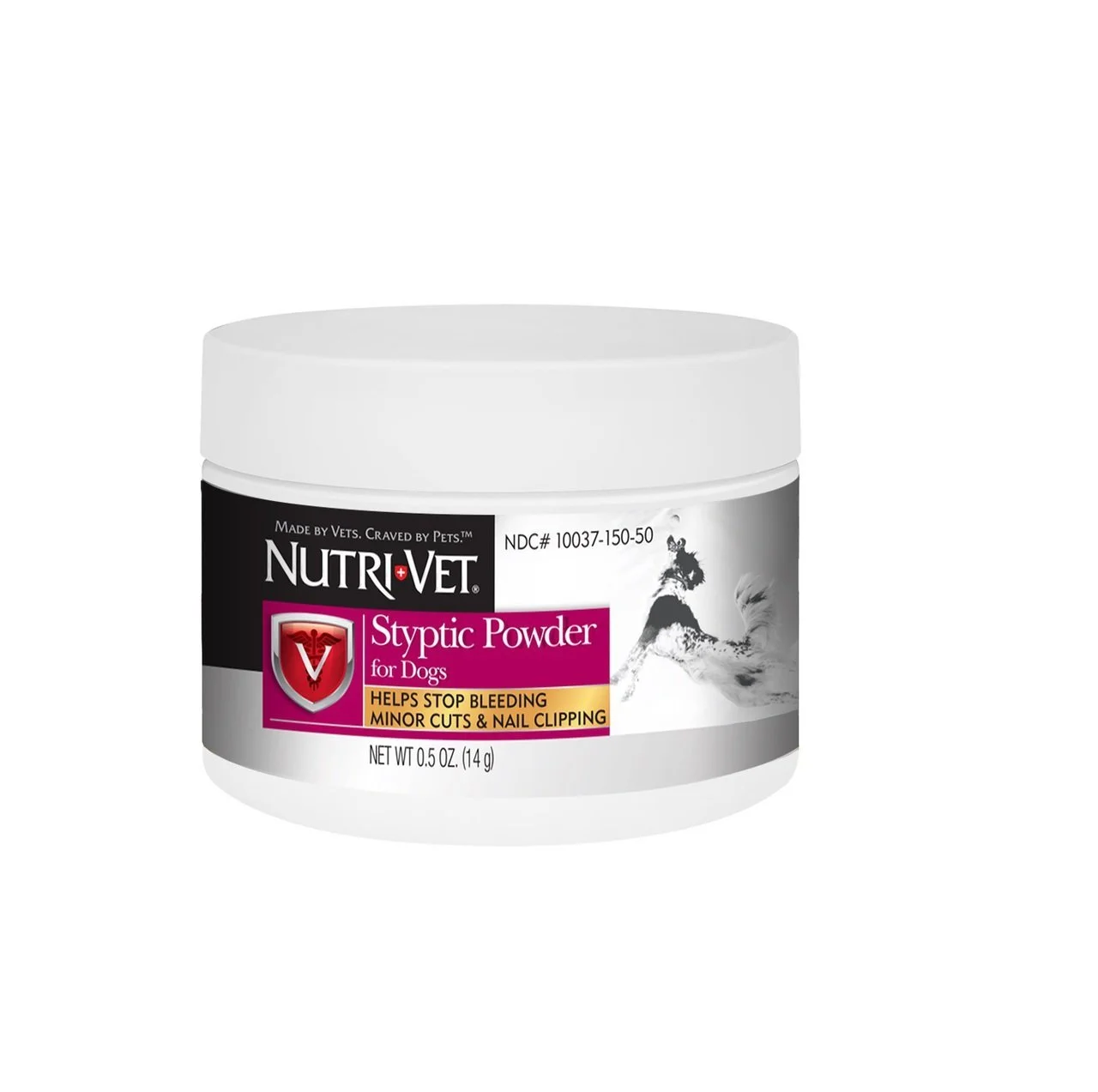Nail Trimming
Before you start to trim your dog’s nails your dog must be comfortable with you handling his paws. If your dog is uncomfortable and struggles when you grab his paw, you will need to work with him to gain his confidence before you attempt to trim them. If he is just untrained but otherwise confident, you will need to train him to accept you handling his paws in a calm manner. Do not turn nail trimming into a wrestling match! Uncomfortable and insecure dogs may panic, and the confident untrained dogs will just struggle harder. It should go without saying you should never overpower, yell, scold or punish your dog when you are attempting to trim their nails. Ask your veterinarian, groomer, or trainer to teach you if you are having trouble or not sure of how to do it. If their methods are to fight and wrestle with a struggling dog find someone with better skills!
Nail care is required for your dog’s health and comfort. Some dogs naturally wear down their nails through regular exercise, but even these dogs will still need their dewclaws trimmed. If you dog’s nails “click” as they walk on a solid surface they are too long. Overgrown nails can lead to problems, not to mention discomfort. Long nails can break or split causing the dog pain. Long nails can result in an irregular gait to avoid discomfort, and if the weight is not properly distributed on the paws it can aggravate hip dysplasia. Neglect can result in irreparable damage as the tendons stretch and feet flatten out or splay.
There are three types of tools to choose from to trim your dog’s nails. There is a scissor type which works like a pair of scissors. A guillotine type, which has a hole that you place the nail in and as you press the handle the blade moves up to cut the nail. And there are grinding tools like a Dremel which uses a sandpaper cylinder to grind the nail down slowly. If you use a grinder don’t apply pressure to the nail with it. Let the grinding cylinder do the work. Applying additional pressure can cause the nail to get hot. One advantage to grinding nails is that you are not applying pressure and pinching the nail causing pain as you clip since grinding is a more gradual process. If you use a guillotine or scissor type tool it is important that they are sharp. Dull trimmers will not trim cleanly, but will squeeze the nail causing pain.
Before you start to trim your dog’s nails you must understand the structure of the nail so you do not cut the sensitive quick which will cause pain and bleed if cut. The outer wall of the nail is hard and has no nerve endings. The center of the nail is softer and the quick is pink and located in the softer center section of the nail. You will not see the quick on a dog with dark nails making them harder to trim. On dogs with light colored nails you can see the pink quick when looking at the nail. When trimming dark colored nails, only trim a small sliver each time so that you don’t cut the quick. If you see a gray or pink oval starting to appear stop trimming because you are about to cut the quick. On light colored nails trim no closer than about two millimeters from the quick. Before you start keep a clotting powder like styptic powder close by to stop the bleeding in cause you cut the quick. If you do not have styptic powder you can use corn starch or flour to clot and stop the bleeding.
Cutting Your Dog’s Nails: How Important Is it Really?
http://susangarrettdogagility.com/2013/08/cutting-your-dogs-nails-how-important-is-it-really/
http://www.aspca.org/Pet-care/virtual-pet-behaviorist/dog-articles/trimming-your-dogs-nails
Warren Eckstein The Pet Show The Well-Manicured Pet
ASPCA Trimming Your Dogs Nail’s
Find information on any (almost) topic or for specific products.
start your search here: “Search”
e.g. ants, behavior problems, collars, dog food, fleas, harnesses, health, housetraining, marking, medical, separation anxiety, socialization, ticks, toys, vaccinations, whistles, yellow spots on lawn, etc.. (You get the idea)







